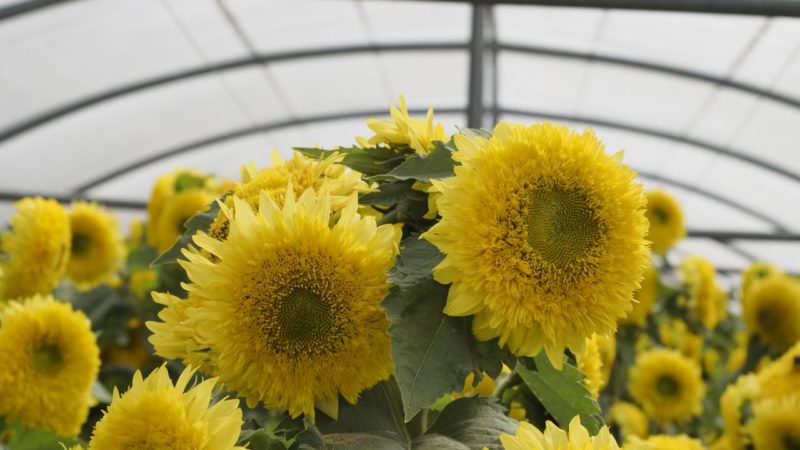
The Winners’ Circle
As growers, it is no easy task to select which new varieties to add to your production each year. Especially now, as travel is more restricted, attending plant trials to compare varieties side by side has become more difficult.
That’s why we compile this list each year of trialed and top-performing varieties recognized by associations here in the U.S. and abroad. The varieties included on the next few pages have been awarded based on their visual interest and garden durability.
So, as you plan for next year and beyond, take these winners into consideration.
ALL-AMERICA SELECTIONS
www.all-americaselections.org
Celosia ‘Kelos Candela Pink’ (Beekenkamp). Referred to as the “Energizer Bunny” by one AAS judge, this celosia just kept blooming. It presents bright pink blooms that rise above the foliage. The unique, showy plumes kept their color all season long and do well in combinations as they add height and interest to container plantings.
Leucanthemum ‘Sweet Daisy Birdy’ (Dümmen Orange). Hardy to Zone 3, this robust perennial features long-lasting blooms and carefree longevity in the garden. In trials, it demonstrated excellent cold and heat tolerance and maintained a strong, tidy habit over the three-year trial. The 5-inch blooms are cheerful and attract pollinators.
Zinnia ‘Profusion Red Yellow Bicolor’ (Sakata). This Gold Medal Winner starts the season with a vibrant red center surrounded with golden yellow outer petals. As flowers age, they morph into soft shades of apricot, salmon and rose. Trial judges noted this variety’s floriferousness, compact habit and exceptional color.
Pepper ‘Pot-a-peño’ (PanAmerican Seed). A fun new jalapeño pepper, ‘Pot-a-peño’ is perfect for growing in containers and hanging baskets. Its small fruits have a traditional heat that is great in any dish where a little added spice is desired. A unique trait is how the fruit hangs down beneath the plant, making it easy to harvest without damaging the productivity of the plant.
Celosia 'Kelos Candela Pink'
Leucanthemum 'Sweet Daisy Birdy'
Pepper 'Pot-a-peno'
Zinnia 'Profusion Red Yellow Bicolor'
AMERICAN HOSTA GROWERS ASSOCIATION
www.hostagrowers.org
Hosta ‘Rainbow’s End’ (Hansen 2005). This yellow-centered tissue culture sport of ‘Obsession’ features very thick, dark green leaves with a flared center pattern. The bright yellow center transitions to white by summer. Pale purple flowers on red scapes in late summer.

ASSOCIATION OF SPECIALTY CUT FLOWER GROWERS
www.ascfg.org
Hellebore Ice N’ Roses series (Heuger). Earning the Fresh Cut Flower of the Year, these plants are a cross between Helleborus x ericsmithii and Helleborus x hybrida and are strong, long-lived growers. Flowers in the series range from a white, pinkish rose to a deep red, and are carried on 24-inch stems. One plant can produce more than a dozen tall, multi-flowers stems.
Ranunculus ‘Cloni Hanoi’ (Onings Holland). This popular cultivar has received the Bulb Cut Flower of the Year with its soft, paper-like petals on sturdy, thick stems. Because of the cloning techniques used to propagate this variety, corms will produce a very homogeneous flower with stunning results. As an added bonus, Hanoi has a very long vase life.
Baptisia ‘Twilite Prairieblues’ (Chicago Botanic Garden). A multi-purpose cut flower, ‘Twilite Prairieblues’ is the Foliage Cut Flower of the Year. It boasts blue-green foliage, bicolored violet and yellow blooms, and ornamental seedpods. Plants produce straight stems about 4 feet tall and are hardy to Zones 4 through 8.
Viburnum ‘Roseum’. Known as the original snowball bush, this viburnum is the Woody Cut of the Year. In mid to late spring, it bears huge, round clusters of pure white flowers. The elegant lobed foliage provides a timeless look in any setting. Hardy in Zones 3 through 8, ‘Roseum’ can grow to about 12 feet.
Ranunculus 'Cloni Hanoi'
Baptisia 'Twilite Prairieblues'
Hellebore Ice N' Roses
Viburnum 'Roseum'
FLEUROSELECT
www.fleuroselect.com
Zinnia ‘Belize Double Scarlet’ (Takii). The Belize series is bred to branch more strongly from the lower node than from the upper one, so the plants do not grow upright and keep their dome shape and compact habit. The star of the range, Double Scarlet, shows eye-catching double, scarlet red flowers. Due to its compactness, growers will hardly need to use any PGRs.
Helianthus ‘Gummy Bear’ (HM Clause). Gorgeous lemon yellow, double flowers contrast beautifully with the lush green foliage. Plants are well shaped, uniform and can reach over 5 feet tall. Suited for both professional and hobby gardening markets, this new variety offers many possibilities.
Zinnia ‘Profusion Red Yellow Bicolor’ (Sakata). A two-time winner (see All-America selections), this new addition to the Profusion series features an innovative and transitional color combination. Growers will see turnover increase because of its short production time and strong disease tolerance.
Myosotis ‘Bellamy Blue’ (Floragran). This compact, first-year flowering plant does not require vernalization and is suited for a longer season. Growers will appreciate that its cultivation fits in perfectly in any existing myosotis program. Consumers will love the spectacular blue color that announces the arrival of spring.
Myosotis 'Bellamy Blue'
Zinnia 'Profusion Red Yellow Bicolor'
Helianthus 'Gummy Bear'
Zinnia 'Belize Double Scarlet'
PERENNIAL PLANT ASSOCIATION
www.perennialplant.org
Schizachyrium scoparium. Little bluestem is a tough and dependable clumping grass that blends well with perennials, such as asters, sedums, coneflowers and other grasses. Summer through fall, the slender leaves create a kaleidoscope of gray-green, blue, pink, copper, mahogany, red and orange tones. Native to a broad swath of North America, it is an easy fit for mass plantings or meadows. PPA’s board members selected top performers for each region. Central region: ‘Jazz’; Southern region: ‘The Blues’ and ‘Standing Ovation’; Canada region: ‘Standing Ovation’; Western region: ‘The Blues and ‘Standing Ovation’; Great Lakes region: ‘Carousel’; Mid-Atlantic region: ‘The Blues’, ‘Standing Ovation’, ‘Jazz’, ‘Blue Heaven’ and ‘Prairie Blues’; Northeast region: ‘The Blues’ and ‘Standing Ovation’.
'Carousel'
'Standing Ovation'





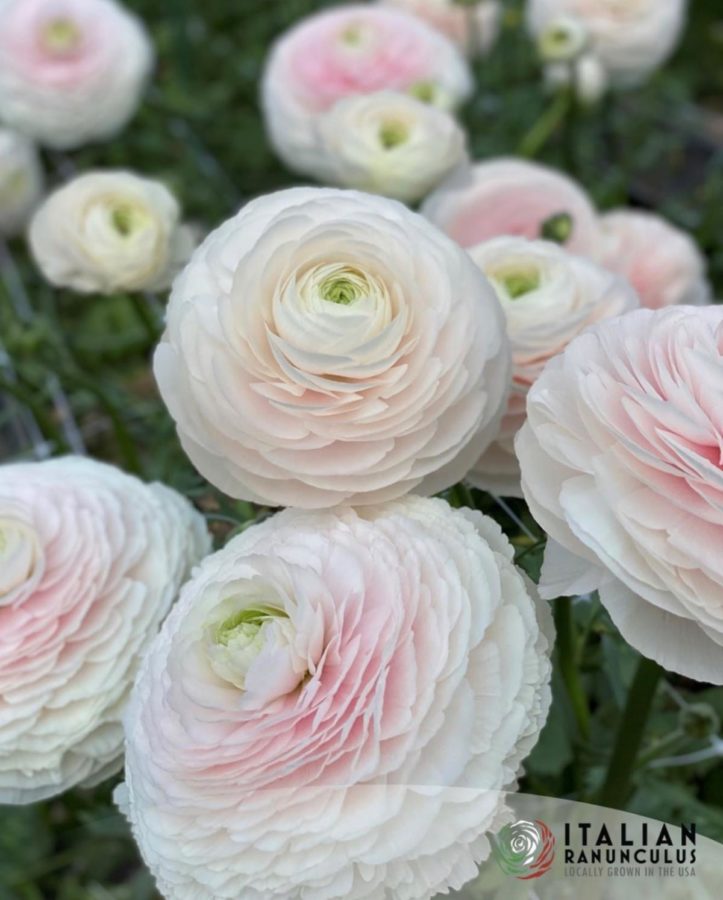

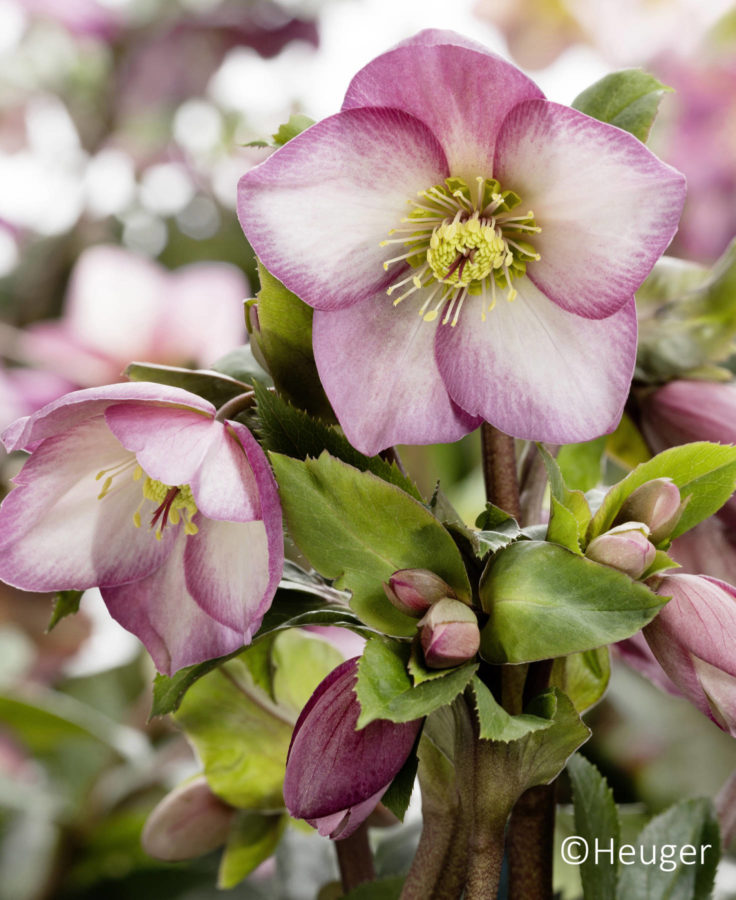



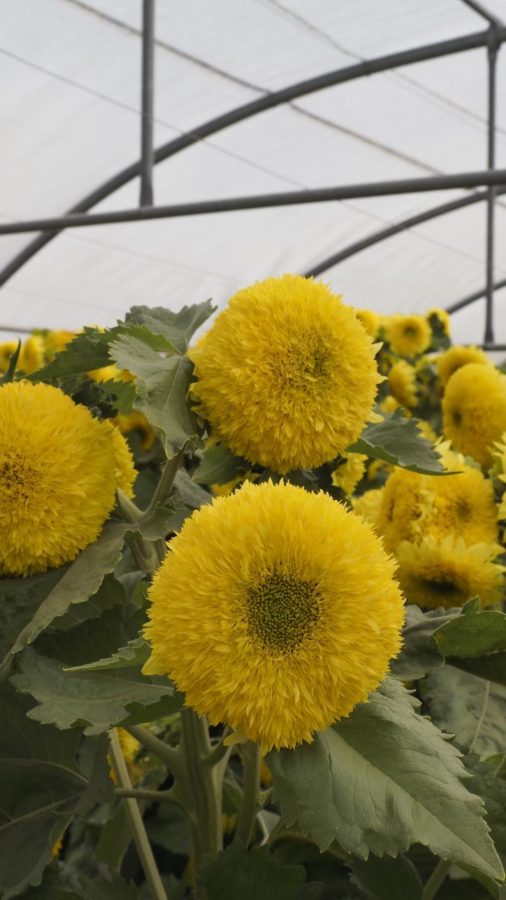



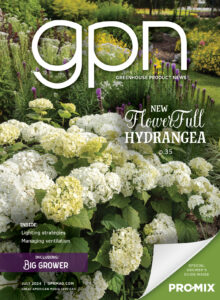
 Video Library
Video Library 



















